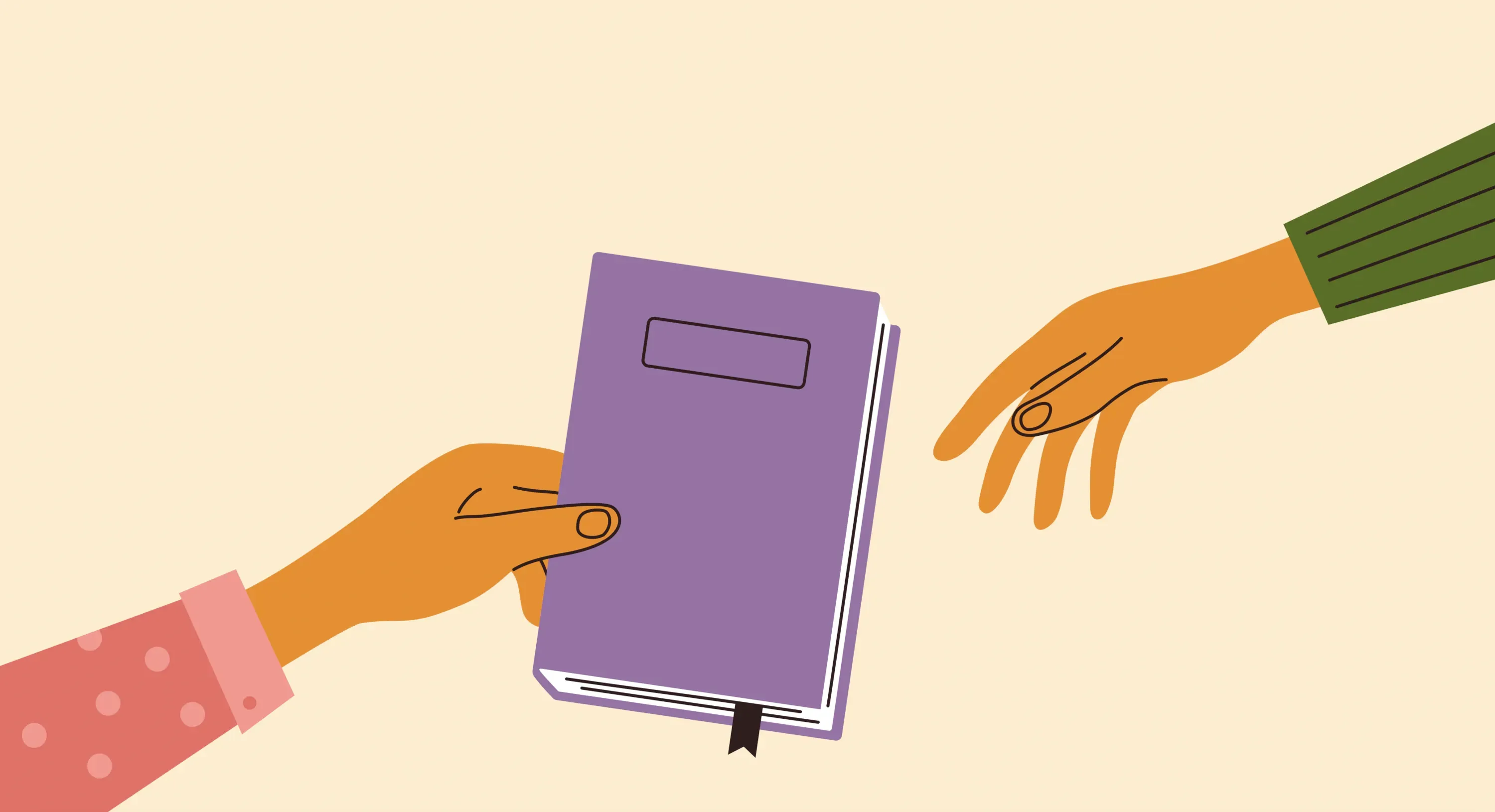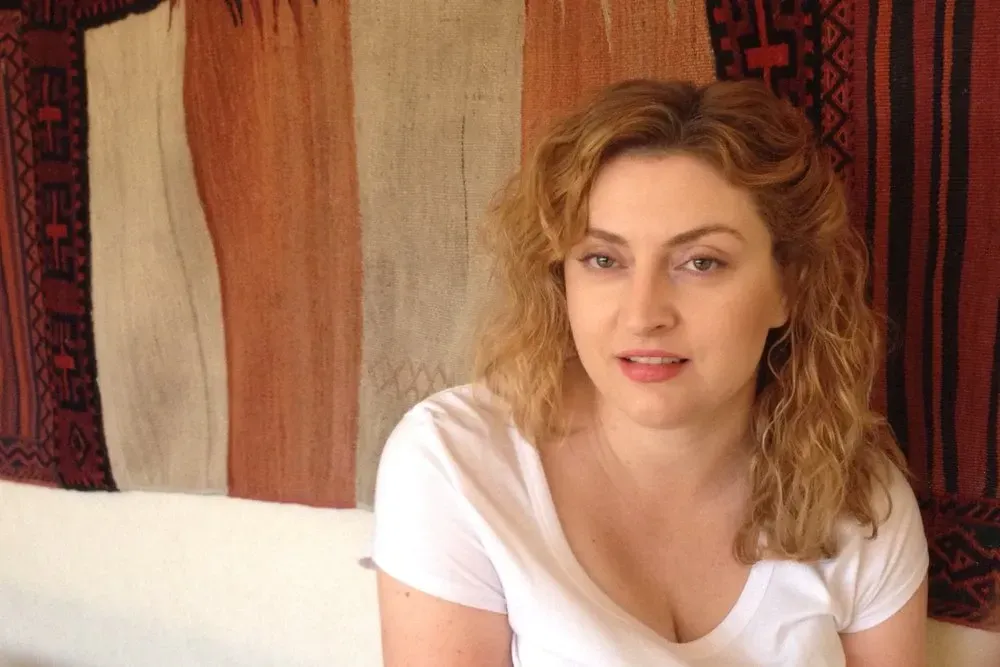Letters To An Emerging Creative: Submitting A Manuscript

The creative industries are loaded with opportunity – but you have to know where to look and how to take advantage of it.
Decorated arts writer and critic Andrew Wood has built up an encyclopedia of experience and a remarkable index of insight that he shares in his Letters to Emerging Creatives here on The Big Idea. He has already detailed everything you need to know about getting started, about getting noticed, how to use the internet to your advantage (while avoiding the trolling pitfalls) and how to get gallery representation.
This time - it's one of his specialist subjects; how to get your written work in front of the right people for publishing and what you should - and shouldn’t – include to make an impression.
Dear Emerging Creative,
This is one for the novice authors - because no one tells you how to do some of this stuff.
Submitting a manuscript to a publisher or magazine editor - whether it be short fiction, a non-fiction essay, or a novel - is a bit like writing a job application.
Celebrated New Zealand novelist Catherine Chidgey had this sage and pithy wisdom to offer:
“Make sure your work is typo-free - consider asking someone to proof it for you - and keep your cover letter brief.
“How is your book similar to other successful books? How does it achieve something new?
“Under no circumstances include emojis.”
The final sentence goes for most things in life.
Do your homework
First, do a bit of research. Is this the most appropriate publisher for what you have in mind? Is it a good fit in terms of genre or style? It doesn’t hurt to flick them an email asking them if it’s the sort of thing they might be interested in.
Nicola Legat, publisher at Massey University Press and Te Papa Press, with a palpable sigh, wished these three things:
“Despite our website saying we do not publish fiction, writers would not submit fiction. That writers would read our submission guidelines through thoroughly and follow the instructions there,” and, “that writers would not send the manuscript to several publishers at the same time and then exert pressure to make a decision at speed.”
Many book publishers won’t accept unsolicited manuscripts on spec. Some in Aotearoa that do can be found here.
Some magazines say that they’re ok with you submitting the same thing to more than one publication at a time, but to be honest. it’s a minefield best avoided.
Do they have a preferred style for formatting the manuscript? If they do. it will probably be on their website, and if not, email and ask.
Of course, no one likes having to completely reformat something for multiple submissions, so my preferred default style is the William Shunn classic, though personally I would go with Times New Roman over Courier.

Zoë Meager (pictured above), Fiction Editor - and my colleague - at takahē magazine, offers an excellent piece of advice about submitting short stories:
“Writers often submit work that feels unfinished. My best advice would be to avoid submitting just because you’re fed up with working on a piece, and instead hold off until you’re really sure it’s complete.”
Get as many people as you can that you trust to read it through first.
Cover your bases
Then you need to write an appropriate cover letter. This is still important even if you are an established writer with a reputation.
Pro tip: especially in the case of journals and magazines, do your research (website, social media, previous issues) and make sure you address your manuscript to the appropriate editor by name if you can. It shows an editor that you are familiar with their publication and mean business. Second best is to address it to the appropriate editorial Department.
The cover letter shouldn’t be too short or too long.
Introduce yourself, but no one wants an entire autobiographical essay. Stick to facts, keep it crisp, check for typos and grammar, and write in the first person.
It helps to have a stock author bio paragraph that you can copy and paste in.
What are the themes you write about? Where have you published previously? Have you won any awards? Have you been in any creative writing courses? Do you have any qualifications or expertise relevant to your subject? What makes you interesting? Genre? Can you compare your submission to something else? Do you belong to any relevant professional author associations? What is the title of your submission? What is the word count?
Convey your voice – what is your point of difference? What is your unique perspective? What do you bring?
Provide a brief synopsis or explanation of what you’re trying to do, and perhaps suggest (but don’t expect) that you’d be grateful for any editorial feedback.
They don’t need to know every twist and turn of the story. You need to give a sense of the plot and characters and the direction the story is going.
Keep it to around 200 – 500 words. Write it in the third person and present tense. Explain the ending (spoilers don’t apply – this isn’t a marketing blurb).
I’d also recommend a short explanation as to why you are approaching this particular publisher.
Rules of engagement
Be polite and respectful. Don’t be cocky, pushy, or entitled.
Don’t submit to a publication more than once or twice a year, and don’t bombard them for status updates. Editors don’t like to be badgered any more than you do.
For books, in the first instance you should begin with a proposal and the first 1-3 chapters (or the first ten pages, depending on length) rather than send a whole manuscript out of the blue.
I find this template to be very helpful in laying that out and thinking through the details. In this business, you don’t just hand over the manuscript and be done, you will be an intimate part of the marketing and promotion of a book.
The proposal should also covey your voice, i.e. it should be consistent with your writing style and explain what unique perspective or style you bring.
For a book proposal, try to keep it all under 1500 words in total. A Word doc is best. Don’t send a PDF, and if you are rabidly, philosophically anti-Microsoft make sure to send your document as an RTF.
Expect to be rejected.
This is a highly competitive business. Take it on the chin.
It’s as much a matter of luck and statistical probability as the quality of your submission. Maybe stick it in a drawer for a year and go back to it.
DO NOT THROW A TANTRUM OVER A REJECTION. DO NOT HARASS OR ABUSE EDITORS AND PUBLISHERS BECAUSE IT WAS A NO THIS TIME.
It amazes me that this needs to be stated, but people still do.
Either suck it up, or if some editor went to the trouble of giving you feedback, thank them. That will make you stand out and positively dispose an editor to you for your next try.
Until next time my lovelies,
Ngā mihi nui
APW XOXO


